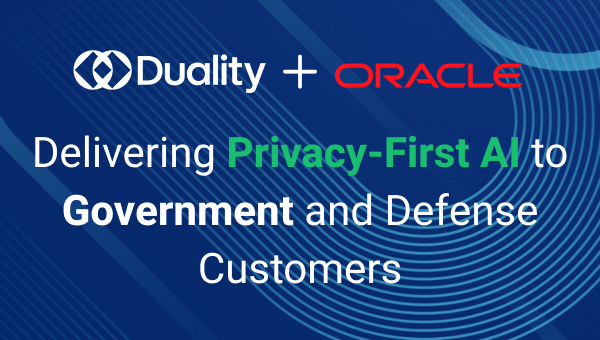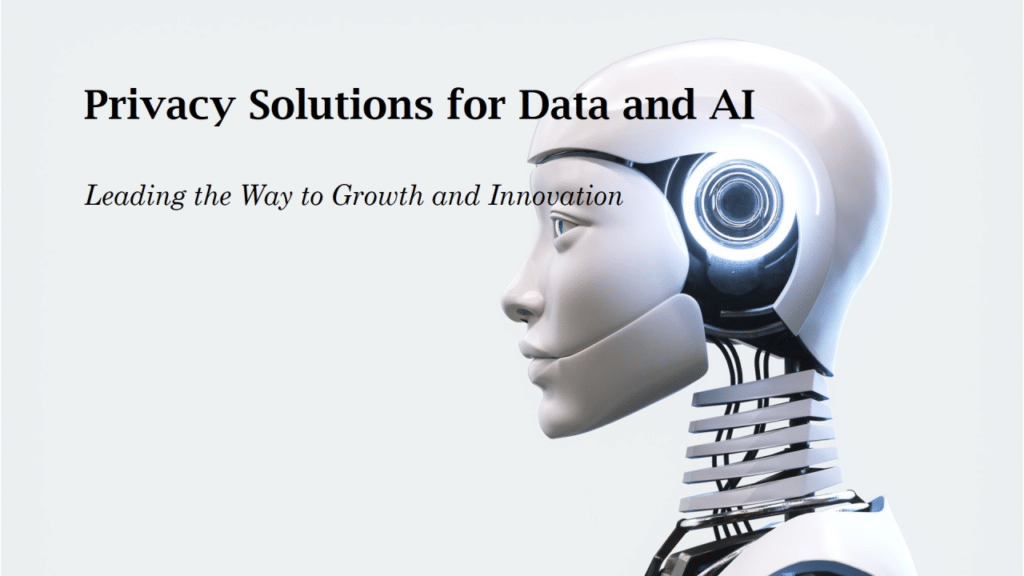What is Zero Trust Data Protection?
Zero Trust is a security model based on one simple premise: don’t trust anyone, not even those inside the network perimeter. In a zero trust security model, all access requests, whether internal or external, are treated as potentially malicious until proven otherwise. This approach fundamentally shifts from traditional security models, which assume that internal networks are safe, to a more rigorous method that actively verifies every action.
With cyber threats evolving, particularly around ransomware, insider threats, and compromised credentials, Zero Trust provides a solution that adapts to current challenges. In 2024, ransomware attacks saw a 11% increase, demonstrating the urgency for adaptive, real-time security strategies. Zero Trust helps address these challenges by implementing continuous verification, minimizing attack surfaces, and limiting unnecessary access to sensitive data.
The Importance of Zero Trust Data Protection
The risk landscape for organizations is constantly changing. Insider data breaches, cyberattacks, and ransomware continue to dominate the conversation, and external vendors and third-party data interactions remain significant threats. Zero Trust directly addresses these issues by applying strict access controls and continuous authentication.
As businesses adopt more cloud services, mobile platforms, and collaborative tools, the Zero Trust security framework ensures that security is maintained across different environments. It applies safeguards regardless of whether the data is stored on-premise, in the cloud, or in hybrid environments, guaranteeing that compliance and data security are maintained as data moves across various collaborators and platforms.
Zero Trust Principles
The principles of a zero trust strategy provide a thorough and adaptive approach to securing sensitive information against security threats. Each principle works to create an environment where organizations, governments, and institutions can collaborate while safeguarding their data and meeting regulatory compliance requirements.
1. Never Trust, Always Verify
Zero trust requires that no user or entity is trusted by default, regardless of its position within or outside the network perimeter. This principle is critical in environments where data collaboration involves multiple entities and services, as trust is never assumed, and verification is mandatory for every access request.
2. Least Privilege Access
Only the permissions necessary for specific tasks are granted to users. By limiting the scope of access, Zero Trust minimizes the risk of data exposure, preventing unauthorized use or malicious activity.
3. Microsegmentation
Microsegmentation divides a network into smaller, secure zones – sometimes referred to as “inner perimeter” security. Each zone has tightly controlled access, making it difficult for attackers to move laterally within the network. This containment reduces the potential damage caused by security breaches.
4. Multi-Factor Authentication (MFA)
MFA is a core component of Zero Trust. It requires multiple forms of identification to verify user access, adding a layer of security beyond just passwords. Reliable MFA solutions, particularly those with dedicated authentication apps, are crucial for preventing unauthorized access.
5. Real-Time Threat Detection and Response
Zero Trust security models continuously monitor all network activities, analyzing behavior for any suspicious actions. This enables organizations to detect threats as they occur and take immediate steps to neutralize them.
6. Security Posture Compliance
Regular audits and compliance checks are fundamental. Zero Trust requires ongoing verification that all users, devices, and networks meet the required security standards, making it harder for vulnerabilities to go unnoticed.
Advancements in Zero Trust Technology
Zero Trust must advance at the same pace as the increase in threat levels. This requires incorporating new technologies and models to address modern challenges:
- AI and Machine Learning: AI and ML are now integral to Zero Trust, enabling real-time anomaly detection by continuously analyzing user behavior and flagging potential threats. These technologies help adapt security protocols dynamically as new threats emerge.
- Cloud-Native Environments: With the rise of cloud-native infrastructures, traditional perimeter security no longer suffices. Zero Trust has evolved to protect distributed systems, including microservices and containers, monitoring for vulnerabilities or unauthorized access.
- Zero Trust as a Service (ZTaaS): Managed services like ZTaaS are making Zero Trust more accessible for small and medium-sized businesses. These services handle the deployment, monitoring, and real-time adaptation of security measures, simplifying the implementation of Zero Trust data security frameworks.
How to Implement a Zero Trust Solution
1. Identify What Needs To Be Secured
Create a detailed inventory of all users, devices, and endpoints that will interact with your network. Determine what data needs protection, which devices will access this data, and the platforms involved. It’s critical to consider all stakeholders and potential collaborators, to tailor the security measures accurately,
2. Set Network Parameters and Controls
Define access parameters and segment the network into micro-perimeters. By separating resources, organizations can limit access and reduce the lateral movement of potential threats.
3. Build a Zero Trust Architecture
Design your network based on a clear understanding of your “protect surface”—critical assets and data. From here, you can establish the architecture of your zero trust model to control access and monitor activity.
4. Create Zero Trust Policies
Develop clear, strict access policies. Each access request should be evaluated based on identity, role, and behavior. Implement the Kipling Method—asking who, what, when, where, why, and how for every user, device, and network segment seeking data access.
5. Continuous Monitoring and Maintenance
Ongoing surveillance and proactive monitoring are key to Zero Trust. Be sure to document as much activity as possible within your environment to better understand how users interact with your system so you can continuously implement zero trust best practices. This proactive approach ensures that your network security evolves with emerging threats and adapts to new vulnerabilities.
Duality Tech in Zero Trust Data Protection
At Duality Technologies, we leverage Zero Trust principles to provide data protection solutions that allow organizations to securely collaborate on encrypted data. Our platform incorporates advanced privacy-enhancing technologies (PETs) and integrates Zero Trust frameworks to ensure that organizations can securely access, process, and analyze sensitive data, without exposing it to external or internal threats.
By operationalizing Zero Trust, our platform helps businesses protect their data while still enabling meaningful collaboration. With our approach, organizations no longer need direct access to data to query or analyze it, further strengthening the security of their sensitive information.
If you’re interested in implementing Zero Trust in your organization, contact Duality Technologies to learn how our platform can help secure your data while freely collaborating on sensitive information.




















